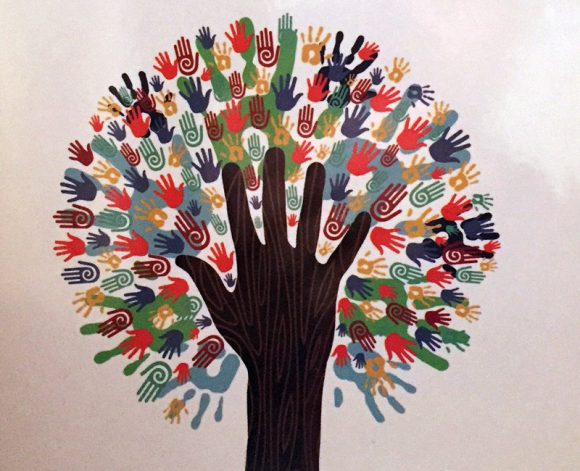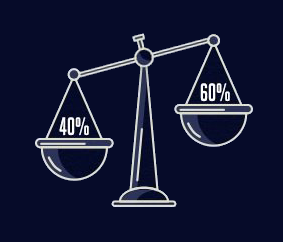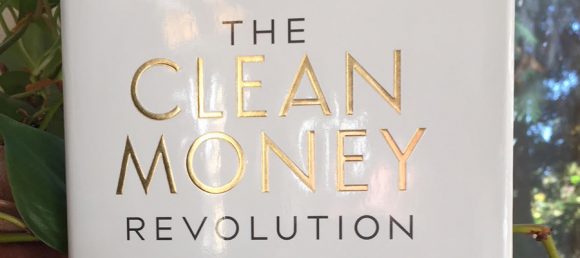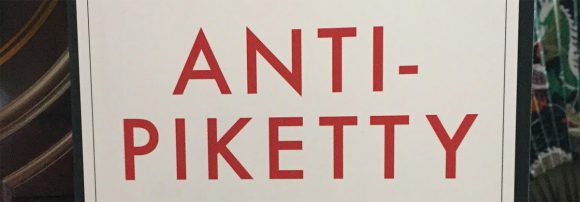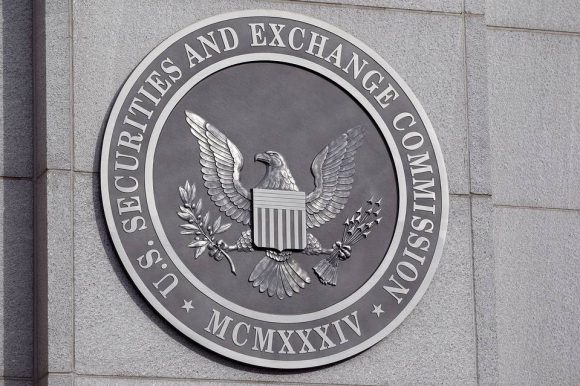
I love uncovering hidden assumptions. One in particular gets written about every day in one form or another. The high-speed growth of a handful of startups, of Bitcoin, and other “overnight successes“. Learn a bit of history, and you’ll discover that the steep adoption curve of any success is really just the middle of the story. The beginning of the story is the (often long)...


